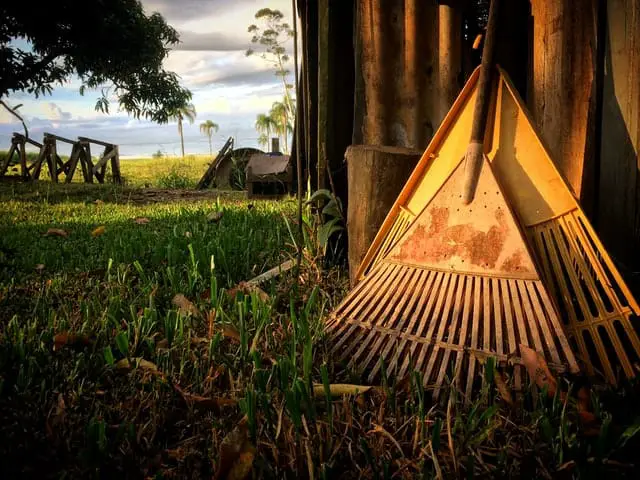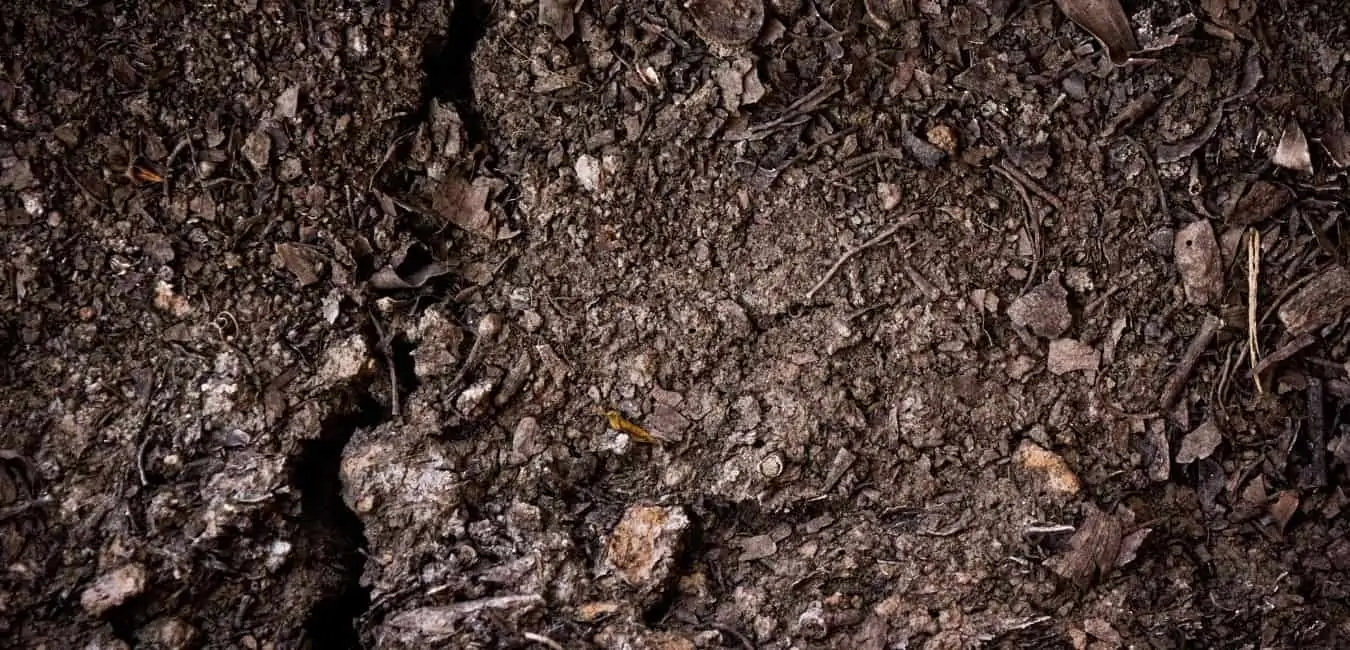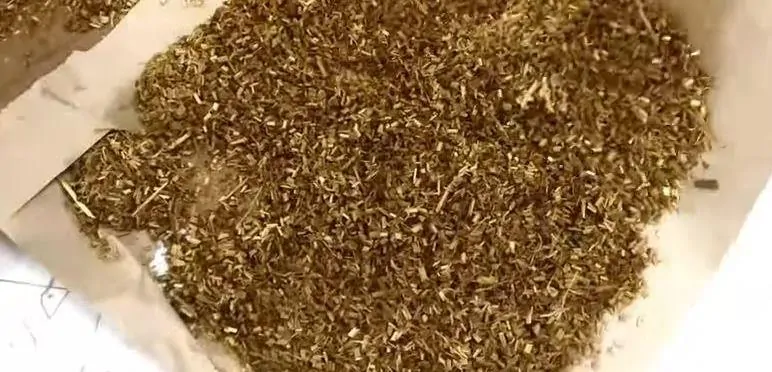Today we will discuss the Spring Yard Clean-up List: Garden Preparation in Spring starts with cleaning the unwanted leftover of the previous season. Fall can be really hard for the yard. Lots of debris like dead plants, blown away mulch, dry leaves, broken tree branches, and dead grass will be there to move. Other than these you may have some damaged fence or trellis to work on. Outdoor furniture may have last some paint due to snow. Flower beds have settled down. The borders may have been breached by grass and weeds. You will find some algae and leaf satins on the patio and walkway. You have to deal with all of these at once. So get ready to clean up your years and garden. Let us together make the garden green and ready for the spring blooms.

Check out my previous post: Plants and Vegetables to Grow in January
When to Start for Spring Garden Clean-up?
You should start garden or yard clean-up in early spring from mid-Feb to early March. The risk of frost is not yet over, especially in the North. So you should start with basic cleaning and wait for the frost to over before the new plantation.
Don’t worry there is a lot to do before planting your new flowerbeds. The preparation and clean will keep you engaged until the last frost ends.
You can start yard clean-up in January if you don’t experience snowfall in winter. A region with warm winter can continue with cleaning and garden preparation with a winter gardening schedule.
What is included in Spring clean-up?
Your Spring Yard Clean Up Checklist must Include the following works.
- Cleaning and Raking the Garden or Yard. Lots of unwater things will be there to be handled in the spring. Dog poop and litter are some of the worst things to deal with.
- Pruning dead and Damaged Tree branches and Perennial Shrubs. It is essential to avoid accidents.
- Collect blown or washed away Mulch from the previous Season. Dump it in the Compost pile.
- Reapply fresh dry organic Mulch around each plant and tree. Make at least a 3-inch thick layer of Mulch without any contact with the plant itself.
- Remove dead and diseased turf. Rake it out, shred it, dry it, and put everything in a Compost pile.
- Create a fresh compost pile with all the collected organic waste except animal protein and dairy products.
- Refill blank yard and garden spots with a 2-inch layer of aged compost.
- Wash off the Driveways and patio deck to remove decaying leaf stains and algae.
- Trim overgrown Evergreen plants to keep them in shape.
- Reseed the lawn to fill the bare grass spots. Do this once the risk of frost is over.
- Divide Perennials and Transplant in empty Patches.
- Finally, Get your garden and Flower beds ready for spring Plantation.

Photo by Ronaldo de Oliveira on Unsplash
Get Your Yard Ready With Spring Clean Up Checklist
Welcome spring with a ready and healthy garden To achieve all of these you should take care of your garden beforehand. So we can devise an easy-to-follow checklist for garden and Yard cleanup. You just need to read these carefully and follow as much as you can.
Cleaning Debris
You will definitely encounter lots of collected debris in your yard after the snowfall ends. It includes fallen leaves, broken branches, dead plants, maybe some animals, dog or cat feces, other litter, and waste materials.
It can be really annoying to deal with this waste especially if the dog is not yours. Also if your neighbor is a litter sniff then the situation is even worse. The litter may contain metal scraps, broken glass, nails, clips, or anything harmful. So handle it with care and wear a sturdy glove to remove these materials.
Cleaning is essential and inevitable for every gardener. So no matter whether you leave in the far north or south, whether you face heavy snow or just a little frost, you have to keep your garden clean and healthy.
Garden Works to do in Winter? Lawn Winter Care.
Examine big trees and Fences for any Damages
It is a very important task in the Yard cleanup checklist. Big trees and fences should be examined for any serious damage by the snow. Damaged trees can pose a hazardous risk for everyone living around it. The dead and broken heavy branches can fall anytime and harm others. So give it a clean look to avoid accidents. If you are not comfortable with these jobs then hire a professional Yard Clean Up Service. They will handle all these with much care and safety.
If your fences are damaged then start with cleaning and removing damaged parts. Then Install new pellets or blocks in the spot of damaged ones.
Finally fix the fence again in the desired location. Apply some paint and wood epoxy to protect it from the weather in the upcoming season. A fresh touch of colors enhances the decor of your garden Yard.
Pruning and Deadheading
Look out for dead and damaged branches of perennials. Prune then off carefully. This will create space between the plant that will encourage new growth.
You should thin and divide the crowded perennials and retransplant them to new empty locations.
Chop off the overgrown evergreens to keep them in shape. The early bloomers should be left undisturbed while the rest of the garden plants can be pruned lightly.
Pruning and deadheading are important in spring. Yet you should be careful with the application of these techniques. As some plants bloom in old branches like Raspberries. If you prune them then forget about the fruits in the summer. They will definitely not bloom again this year so be careful. You can prune such plants after their blooming is over in summer or autumn.
Instead, prune the late bloomers early in the spring. they usually bloom in new branches. So the new growth will help in getting lots of blooms in summer and throughout the season.
Also read: How to Save Money while Gardening?
Composting
You should Conclude your Spring Yard cleanup list with composting. Most probably you have collected sufficient organic matter to start your compost pile in the season. If you are fond of organic farming or gardening then this is a great opportunity for you.

You have to make fencing to contain the compost pile in a spot without spreading all over. Use a chicken wire net to make a cylindrical bucket-like structure of 3 by 3 size. You can actually use any kind of container for composting. A commercial compost bin is an ideal choice.
Only avoid animal feces, protein, and dairy waste in the compost pile. These materials need to be treated chemically before composition. It is the work of professionals and no need to waste time on that.
Instead, dump dry leaves, branches, shredded bark, newspaper, cardboard, paper cartons, tissues, kitchen green waste, even nails and hairs in the compost pile.
Keep the compost pile moist and well aerated. You have to turn the compost once or twice in 15 days for better decomposition.
Check out: How Do I Start Composting? at my Home Garden
Mulching
Start with collecting the leftover much from the previous season. Some of it may have washed off with flowing water or blown away with the chilling winter winds. You have to collect all of it. You can reuse it again as mulch but the best use of these materials is for compost making.
Instead, you should use clean fresh dry leaves or straw to mulch the garden beds. Always wait for the soil to dry before mulching especially if winter was wet and soggy.
Make a 3 to 4-inch layer of mulch around trees. Keep it at least 3 inches away from the main trunk. Heavy mulching at the base of any plant can cause rotting. So let some space between for better airflow.
Don’t use anything fresh or green for munching. It can rot and attract lots of bugs and pests toward the plant. Decaying green matter can introduce fungal spores in the garden beds.
Therefore, you should spray diluted antifungal solution after mulching to avoid fungal infection.
Also Read this: What is the Best Mulch for Raised Bed Gardens?
Do’s & Don’t for Spring Yard Clean Up
Don’t Rake the Lawn and Yard if winter is wet in your locality. Raking in Damp soggy soil will pull off the grassroots. This cal leads to blank dead patches in the lawn. Instead, wait for the soil to dry before raking and cleaning.
Don’t oversee your lawn if you have recently used any preemergent weed control. It can slow down grass seed germination. Therefore Instead of seeding in early spring, you can do it in the fall a couple of weeks before the first frost.
Mulching is essential yet doesn’t apply it, especially if the soil is soggy. Excess mulch cover over soggy soil can lead to root rot. Instead, let the topsoil dry before mulching in the spring.
Pruning and deadheading should be done before fall to avoid serious damage. If you missed the schedule them make sure not to disturb the big trees unless the risk of heavy snow is over. Heavy snow can break big tree branches causing serious damage to the house and parked vehicle.
Never through fresh spring grass clippings in the Compost pile. It can contain mature seeds that can sprout in the compost. Also if the grass is sprayed with fungicide and weedicide then the compost can get contaminated. Instead, dry out the grass clipping for a couple of days before using it in the compost pile.
Instead of planting into compact and frozen raised garden beds, you should till the soil up to 12 to 20 inches deep. Add 3 to 5 inches of aged compost. Water it and let it dry for a couple of days. Till and turn the soil once again after drying. Finally, plant flowers or veggies with proper spacing for the best yield.
Should I use a yard Clean up Service or do it My Self?
It depends on certain situations. The most important is the size of the yard or garden. If your yard or garden is very big then it is better to take help. After all the clean-up should be finished in time to start the gardening season.
Ask for professional clean-up services especially you have to deal with something dangerous. It can be a giant tree or a deep trench of pond clean-up. Especially pruning of very big trees should e left for professionals. They have the right kind of tool to access spots that are hard to reach.
This doesn’t mean that you cant handle your garden. You can start with cleaning debris, removal of dead leaves, plants, dividing perennials. Composting and fencing are some tasks to accomplish with the spring yard clean-up checklist.
You can definitely do everything on your own but make sure your spring yard clean-up work doesn’t harm anyone.

